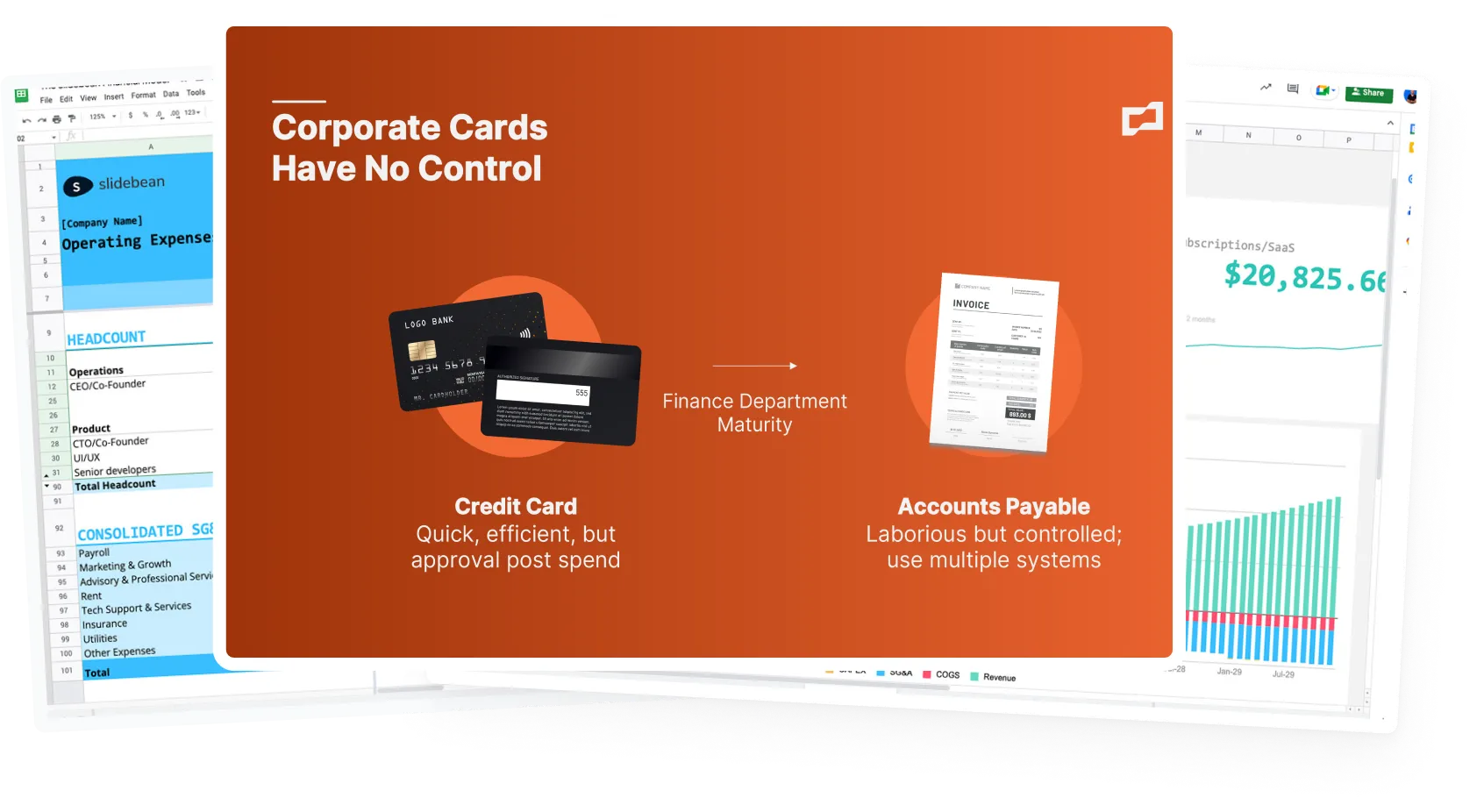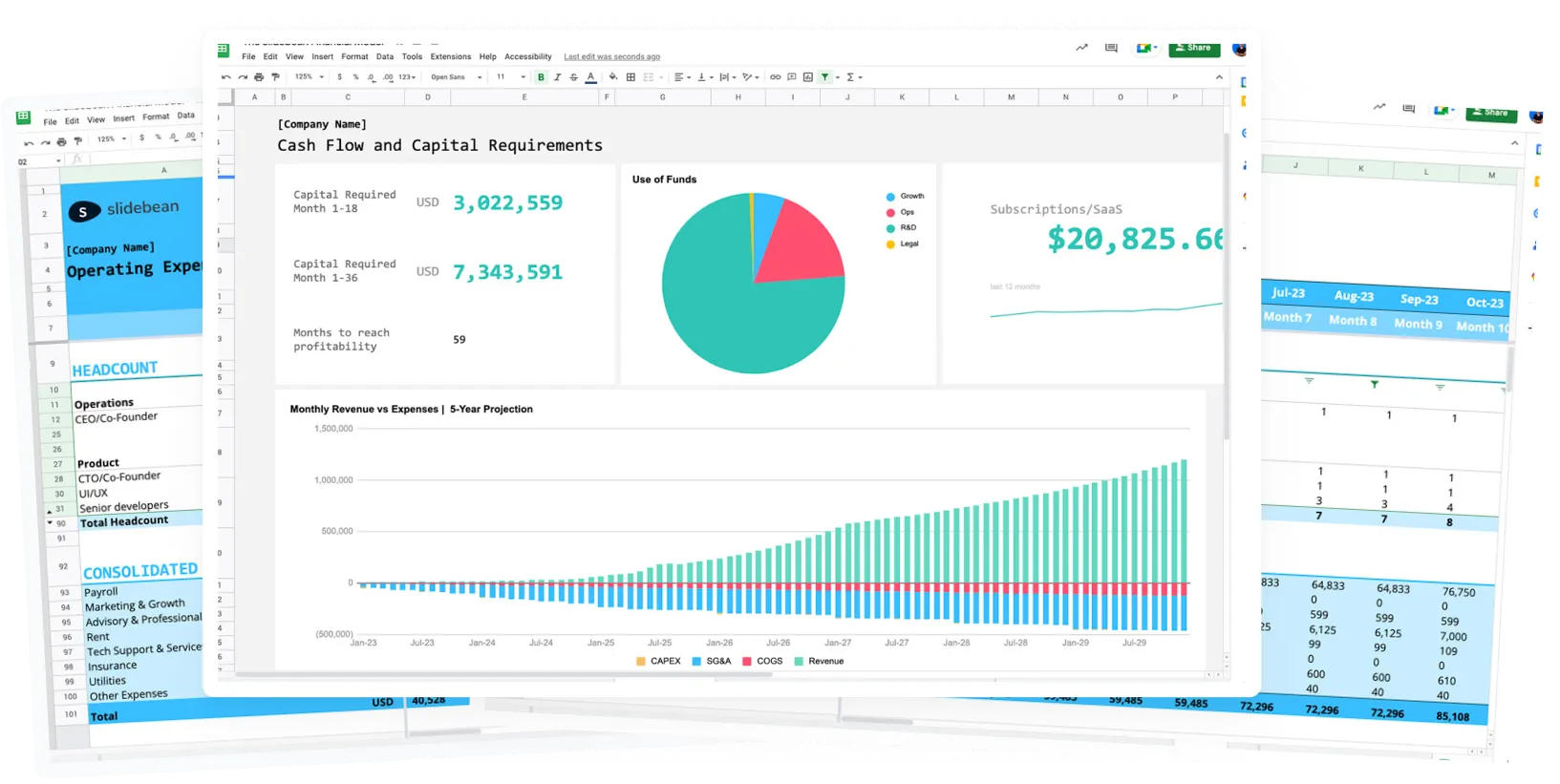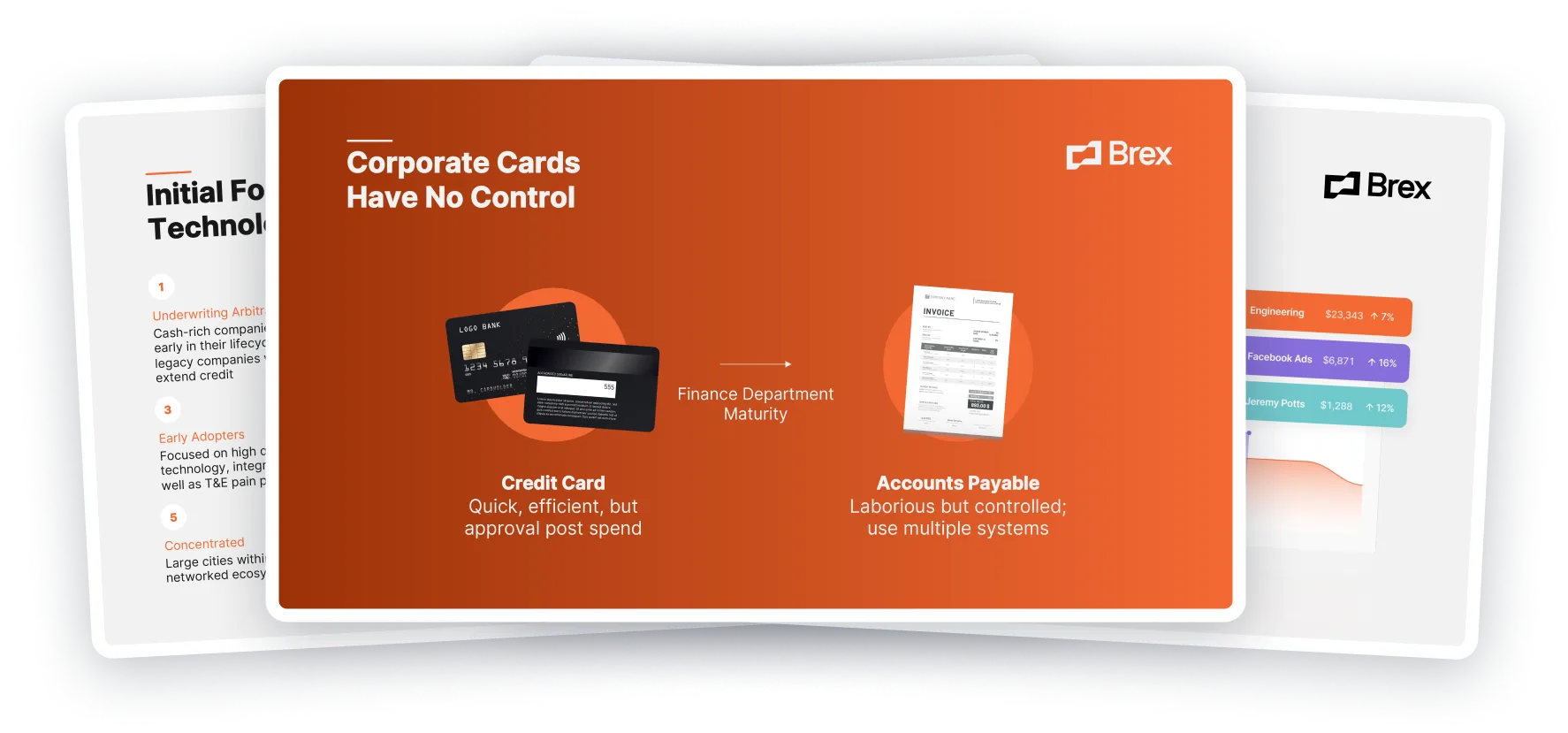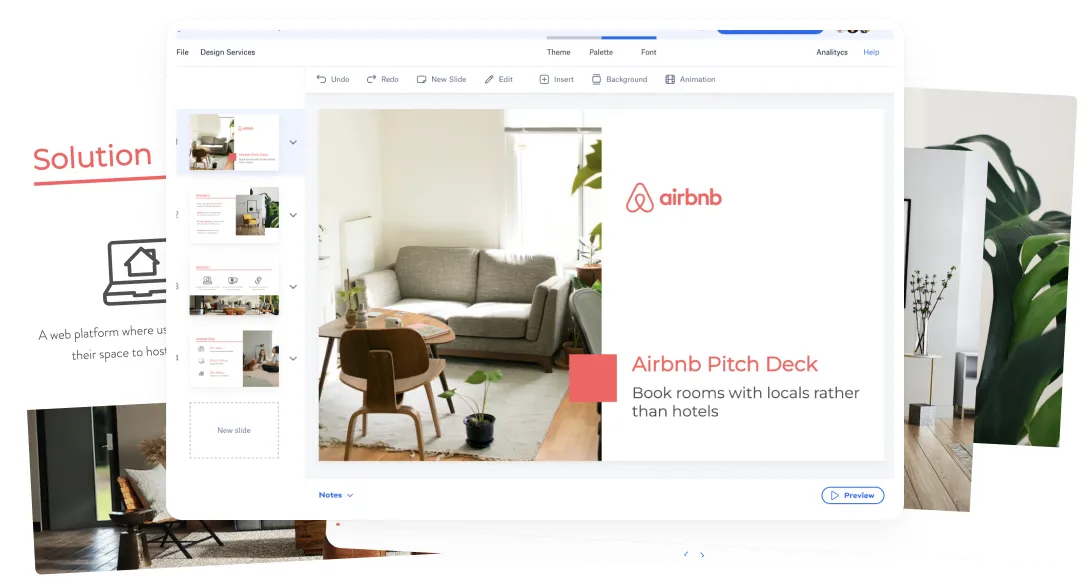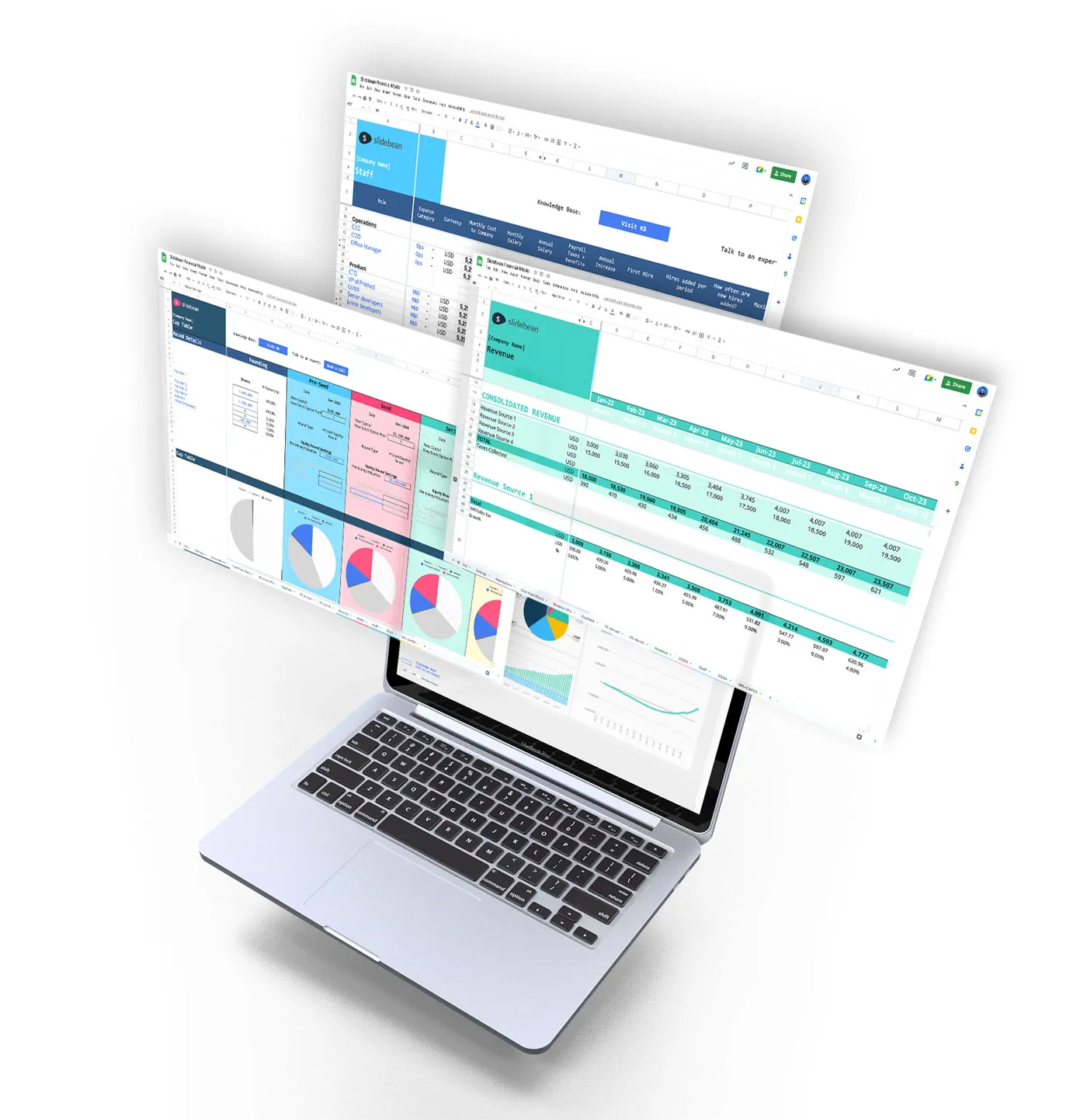7 Easy Steps to Create an Online Business Plan in 2025

How to Create a Business Plan for Your Online Business
Your business plan is the roadmap for your business. It lays out your goals, how you plan to achieve them, who your customers are, and how you’ll manage your finances. It’s a handy tool for staying on track, but also for showing investors who you are.
Research has found that a business can grow up to 85% faster when they have a business plan than those who don’t. And if that wasn’t enough, companies with business plans are 2.5 times more likely to get funded than those without.

With that being said, here are seven simple steps to create an online business plan today.
What Does an Online Business Plan Need to Include?
A well-crafted business plan is essential for setting your business on the path to success. It’s not just about impressing investors or securing loans—it’s also a valuable tool for keeping yourself organized and focused.
So, what should you include in a business plan? Let’s break down the core components:
- Executive Summary. This is the first section of your business plan, but it’s often written last. The executive summary provides a high-level overview of your business, including your mission statement, a brief description of your product or service, and what makes your business unique. Think of it as your elevator pitch in written form.
- Business Description. Dive deeper into your business in this section. Explain what your company does, the problem it solves, and the market it serves. Highlight your industry, any trends, and where your business fits within the competitive landscape.
- Market Analysis. Investors and stakeholders want to know that you’ve done your homework. Include detailed research on your target market, customer demographics, and competitors. This section should showcase your understanding of the market and your strategy for capturing a share of it.
- Organization and Management. Outline your business’s structure and introduce the key players. Who are the leaders in your organization? What roles will they play, and what unique skills do they bring to the table? You can also include an organizational chart here to make it visually clear.
- Products or Services. What are you selling? Whether it’s a product, service, or a combination of both, explain what you offer and why it stands out. Discuss your product lifecycle, intellectual property, or plans for future development if applicable.
- Marketing and Sales Strategy. Share your plan for attracting and retaining customers. Detail your pricing strategy, sales tactics, advertising campaigns, and distribution channels. It’s your chance to show how you’ll bring your product or service to market and keep it in demand.
- Financial Plan. The financial section is critical for anyone considering investing in your business. Include projections for revenue, profit and loss statements, cash flow, and a break-even analysis. If you’re seeking funding, clearly state how much you need and how you plan to use it.
- Appendix. Use the appendix for any additional information that supports your business plan. This could include resumes, legal documents, product images, or market research data. While optional, it’s a great way to keep the main sections focused and uncluttered.
How to Write a Business Plan
1. Start with Your Executive Summary
Don’t overthink this part. It’s a quick summary of what your business is all about. What do you sell? Who do you sell to? Why does it matter? Save the details for later sections—this is just the hook to get people interested.
In this section, keep it concise but compelling. Highlight your mission statement, describe your business model in a sentence or two, and give a sneak peek at your goals. If someone only reads this section, they should have a solid understanding of what your online business is all about.
2. Define Your Business
This is your chance to get specific. What’s your niche? What problem are you solving, and for whom? For an online business, this could mean talking about your industry, whether you’re selling physical products, offering digital services, or running a subscription model. Make what makes your business unique clear.
Consider including your business’s name, location (if applicable), and the story behind its creation. Explain what differentiates your business from competitors and why your target audience will find value in your offerings. Answer questions like:
- What is your business’s purpose?
- Who are your customers?
- How will your business stand out in a crowded market?
Let’s look at an example. Robert Wayne Pearce is an investment fraud lawyer. He does an amazing job of specifying all of these things on his website. So his business plan would look pretty similar:
- What is your business’s purpose? To help victims of investment fraud recover their securities losses
- Who are your customers? Investment fraud victims
- How will your business stand out in a crowded market? He has a very long, informative pillar page on his website’s homepage that explains everything his potential clients need to know about investment fraud. And he’s included a clickable table of contents so they can jump to the information they need.
Let’s look at another example. Mountary Custom Framing nails their business messaging with a clear value proposition and an easy path for customers to take action. Their website not only defines what they do but also makes it effortless for visitors to get started.
There’s one last example I want to point out.
Tribeca Lawsuit Loans is a prime example of how to incorporate your business’s process into the website in an accessible manner.
They handle legal funding for complicated lawsuits, which is a complex process to explain to potential customers.
This is why they have broken it down into a video format for clients who might need additional help to read through their website and how they work.

3. Research Your Market
Every good business plan is rooted in research. Find out who your ideal customers are and what they’re looking for. What’s your competition doing? For online businesses, don’t forget to include details about your online audience—like their demographics, shopping habits, and preferred platforms.
To conduct effective market research:
- Define your target audience: Use tools like Google Analytics, Facebook Audience Insights, or surveys to learn about your customers’ age, location, interests, and online behavior.
- Analyze your competitors: Look at competitors’ websites, pricing, and customer reviews.
Tools like SEMrush or Ahrefs can help you analyze their online presence. - Identify trends: Research industry reports or use tools like Google Trends to understand where the market is headed.
Include this data in your business plan to show you understand your market’s dynamics and opportunities.
4. Plan Your Marketing and Sales Approach
How are people going to find you? This section talks about your website, social media strategy, SEO plans, paid ads—whatever channels you use for marketing. Will you focus on Instagram influencers or email newsletters? Be clear about how you’ll convert visitors into paying customers.
Here’s how to structure your marketing and sales approach:
- Your website: Highlight how you’ll design and optimize it for conversions. Mention if you’ll use platforms like Shopify, WordPress, or Squarespace.
- Social media: Outline which platforms you’ll focus on (e.g., Instagram, TikTok, LinkedIn) and your content strategy.
- SEO strategy: Discuss keyword research, on-page optimization, and backlink-building efforts.
- Email marketing: Describe how you’ll build an email list and use newsletters or campaigns to engage your audience. There are plenty of email marketing tools that let you send mass emails to subscriber lists, like Brevo. Include which one(s) you’ll use.
Sales funnel: Explain how you’ll guide customers from discovery to purchase—such as free trials, discounts, or lead magnets—and how they all connect. For example, you can run ads to your lead magnets or use a QR code generator on social media posts that takes them directly to specific offers or landing pages.
5. Map Out Your Products or Services
Get into the details of what you’re offering. Is it a physical product that ships directly to customers? A digital course? Break down the features and benefits, and explain why your offer is exactly what your audience needs.
When mapping out your offerings, include:
- Product descriptions: Detail each product or service, including its features and benefits.
- Pricing strategy: Explain how you arrived at your pricing—considering costs, competition, and perceived value.
- Delivery methods: Describe how products will reach customers (e.g., shipping, downloads, or online platforms).
Scalability: If you plan to expand your offerings, mention how and when you’ll do so.
6. Figure Out Your Business Model
Online businesses come in all shapes and sizes, so make sure you explain how yours will make money. Will you sell through an e-commerce store? Offer subscription-based content? Rely on affiliate marketing? Include pricing details and how you’ll handle payment processing.
You want to define your revenue streams clearly in this section. For example, if you’re running an online store, discuss whether you’ll sell directly to customers or use drop shipping. If you’re monetizing a blog, explain your advertising and affiliate strategies. Show you’ve thought through how your business will sustain itself.
Here’s a checklist you can run through to help with this:
- How will you generate income? Examples include selling products, offering services, or earning through ads.
- What platforms will you use? For example, Amazon, Etsy, or your own website.
- What are your payment methods? Discuss platforms like PayPal, Stripe, or credit card processors.
What is your profit margin? Provide an estimate based on costs and pricing.
7. Create a Financial Plan
Numbers might not be your favorite thing, but they’re essential. Estimate your startup costs, operating expenses, and how much you’ll make in your first year. Online businesses often have lower overhead, so highlight that advantage if it applies. If you’re seeking funding, be clear about how much you need and why.
Include detailed financial projections, such as profit and loss statements, cash flow forecasts, and break-even analysis. If you’ve already launched, share any sales data or revenue growth you’ve achieved. Make sure this section is realistic and backed up by research.
To give you an idea, here’s what your financial plan should cover:
- Startup costs: List expenses like website development, inventory, tools, and marketing.
- Revenue projections: Estimate monthly or yearly sales based on market research.
- Expenses: Include fixed costs (e.g., hosting fees, software subscriptions) and variable costs (e.g., shipping, advertising).
- Break-even analysis: Determine how long it will take to cover your initial investment.
- Cash flow forecast: Plan for cash coming in and out, ensuring you’ll have enough to sustain operations.
You can use tools like Excel, QuickBooks, or specialized templates to organize and present your financial data clearly.
I also highly recommend including graphs if possible. Like this one in an example business plan made by Bplans:

Conclusion
Remember that a business plan doesn’t have to be super formal unless you’re pitching to investors. Focus on clarity and making it actionable, and revisit your plan regularly to keep it up to date.
By following these steps, creating an online business plan can feel a lot more approachable. Just take it one section at a time, and soon you’ll have a clear, actionable plan that brings your idea to life.


